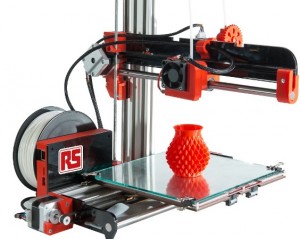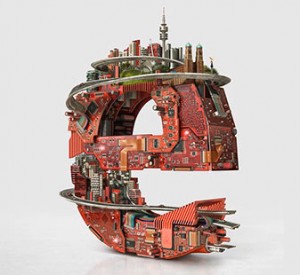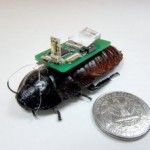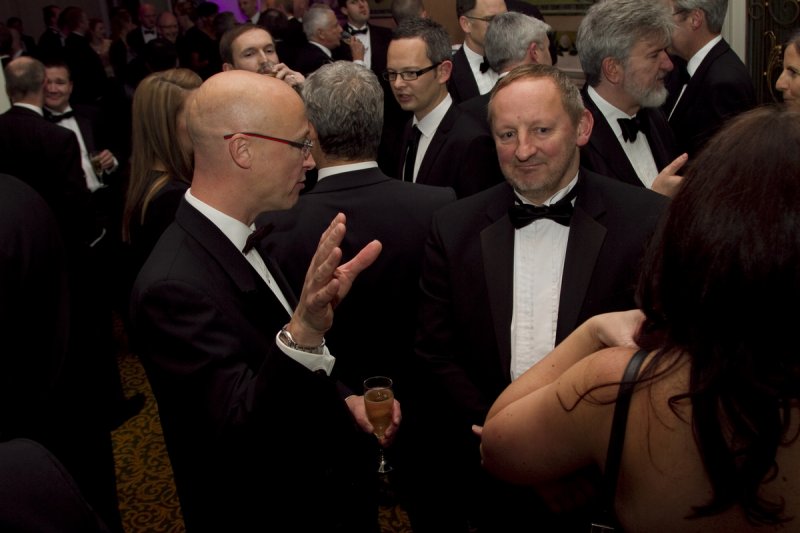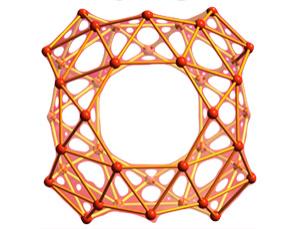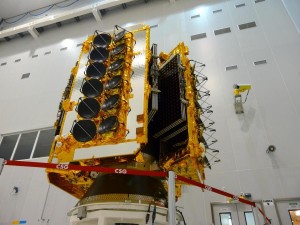Michael Minall, of Vendigital, sees the adoption of 3D-printing technology gaining momentum in the aerospace and defence sectors.
Easyjet’s announcement of its intention to use 3D printing to produce replacement cabin parts is further evidence that a technological revolution in the sector is gaining momentum. And it is already having a significant impact on supply chain and procurement strategies.
While the low-cost airline’s decision to use 3D printing to produce basic cabin parts, such as arm rests and other on-board features, is not a game-changing development in itself, it is a further sign that adoption up of the technology is gaining momentum.
At a time of significant downward pressure on prices and concern about production capacity, the announcement also sends a clear message to the supply chain that airlines are ready for change and are keen to benefit from the efficiencies such production methods can bring.
3D printing, or additive manufacturing, is already being used to produce lighter-weight, precision components that are integral to the operation of modern aircraft. The Airbus A350 XWB, which was launched by Qatar Airways at the start of the year, contains more than 1,000 3D-printed parts made using a production system developed by Stratasys. Manufacturing parts in this way is helping airlines and tier one suppliers to minimise costs by allowing them to produce replacement parts to order and reducing operating costs due to their lighter-weight design.
Other new model aircraft are expected to follow suit; by using even more 3D-printed parts, including potentially larger components. A recent report by McKinsey Global Institute predicted that 3D printing could have an economic impact of up to $550bn a year by 2025.
The aerospace and defence industries are currently structured around just a small number of OEMs whose needs are fulfilled by an established global network. From a supply chain perspective, 3D printing technology will disrupt this chain and while this is likely to be painful for suppliers at every level, first movers stand to secure a significant competitive advantage.
Among the early adopters are General Electric and United Technologies – both have been using 3D-printing for prototyping for some time and Airbus signed a cooperative agreement with China’s Northwestern Polytechnical University (NPU) last year to explore ways to extend 3D-printing technology to the commercial aviation sector. Others, such as Raytheon, are using 3D printed parts to make missiles and the United Launch Alliance, a joint venture between Lockheed Martin and Boeing, has been using 3D-printed parts to make the rockets it sends to space.
In order to start realising the potential of 3D printing, OEMs need to rethink their supply chain strategies and adopt a ‘super local’ model. This model comprises an eco-system of innovative local suppliers who are close enough to fulfil demand for replacement parts at short notice.
Currently, if a component on a UK-based in-service aircraft needs replacing, the airline operator has to order the replacement part from what is often a single, approved supplier. If it turns out that the required component is a ‘legacy’ part, and is stocked by neither the OEM nor their supplier, it would need to be manufactured, a process that could take months, especially if the supplier is in another part of the world. During this time the aircraft could be out of service.
There are many advantages of 3D-printing technology but the main one for this sector is that precision-engineered replacement parts can be printed in situ and in a matter of hours. This means the new part could be installed and the aircraft ready-to-fly same day.
Other benefits include the fact that there is no need for OEMs to stock pile a wide range of spare parts, just in case they are required at some point in the future. Instead, they will have to nurture local supply relationships spanning a wider geography to ensure their 3D capabilities can be used wherever and whenever need arises.
The full impact of 3D-printing technology on the aerospace and defence supply chain is yet to be fully realised, however. Developing markets are still very much driven by volume over choice, due to their rapidly growing economies and increasing consumer demand. For this reason, most manufacturers that are serving such markets find mass production and low labour costs are still appealing.
In developed markets, however, the reverse is true and there is growing demand for more personalised, customised products and services. This requires a more agile approach and 3D-printing is expected to gain traction in these markets more quickly.
Michael Minall is Director and aerospace and defence sector specialist at Vendigital, a firm of procurement and supply chain specialists.


